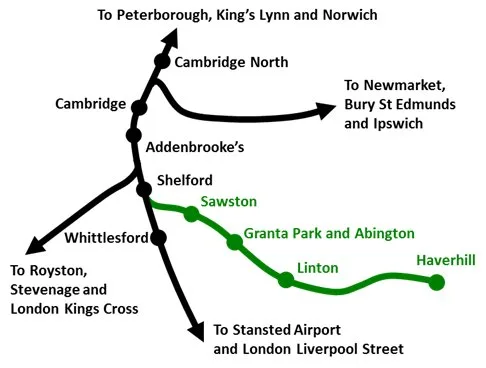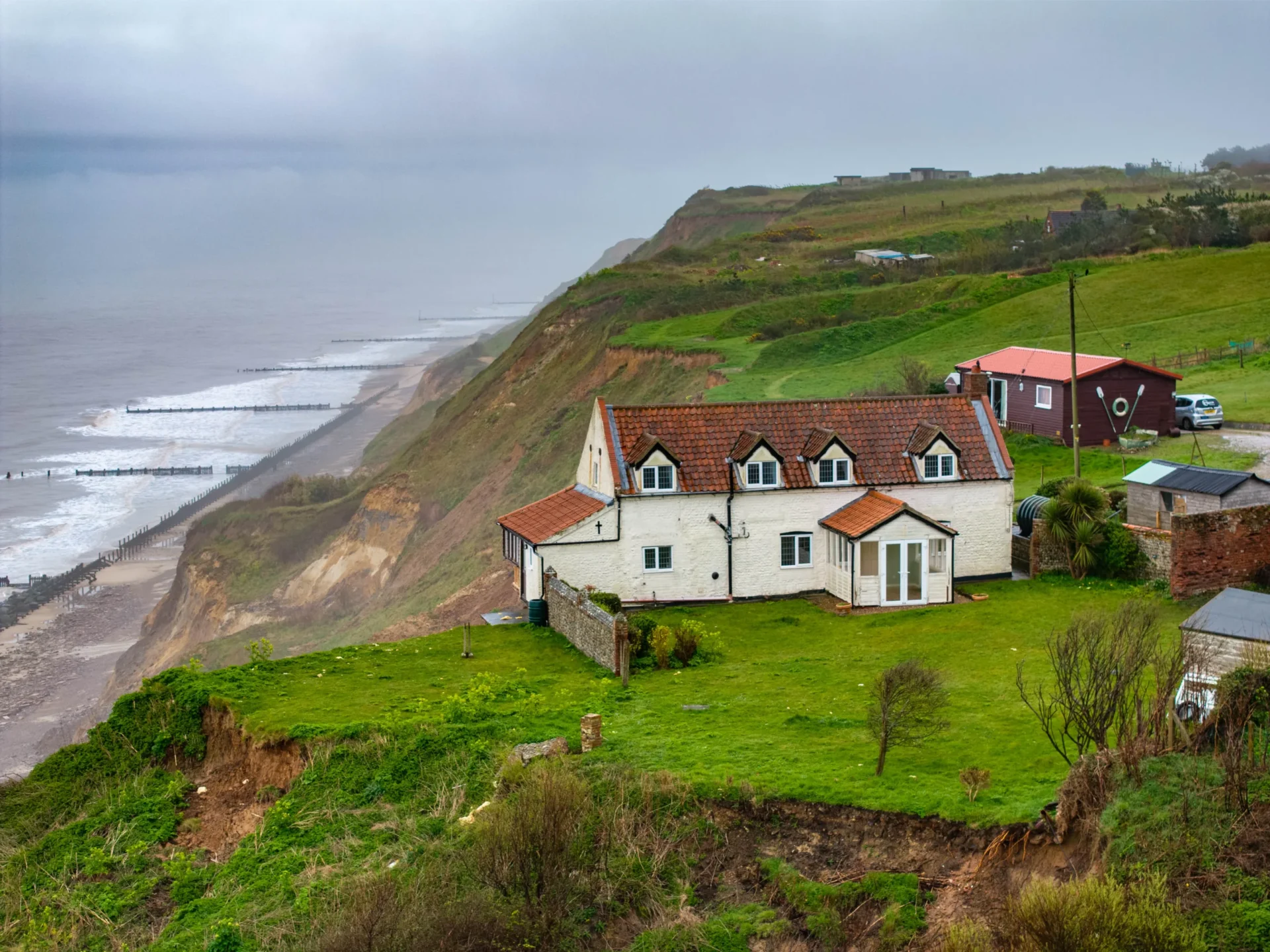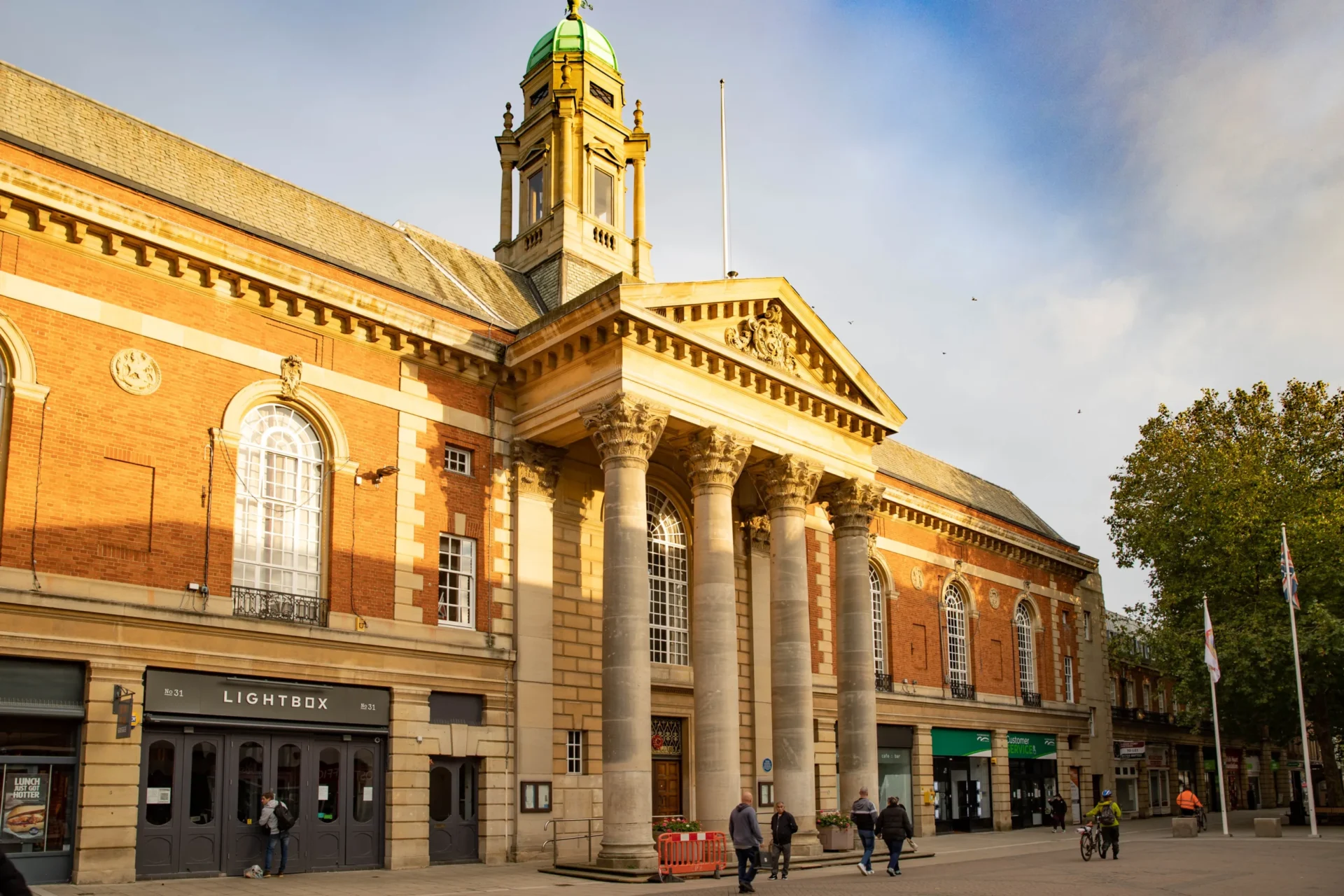Railfuture is run by volunteers to benefit rail users and campaigns for a bigger, better railway in Britain. For many years Railfuture East Anglia has promoted the restoration of the railway from Cambridge to Haverhill that would transform travel along the A1307 Corridor.
Since the railway was closed in 1967, Haverhill has become a large town with a population approaching 30,000.
The A1307 Corridor now links major employment areas including the Cambridge Biomedical Campus with its hospitals and research, science parks at Babraham and Granta Park, housing in Linton and Haverhill and the large surrounding catchment area.
Our rationale for a rail-based mass transit system along the Corridor was submitted to the Department for Transport’s “Restore Your Railway” team who assessed it as “a good case for future development”.
It is now up to the local authorities to support the concept — through the Greater Cambridge Partnership or alternatively the Cambridgeshire and Peterborough Combined Authority or Sub-National Transport bodies.
We took this initial work to a next stage by commissioning a detailed study of the Corridor by Jonathan Roberts Consulting (JRC), a specialist in transport planning, as an add-on to our recently published wider study of the strategic development of the East Anglia rail network over the next thirty years and how it could better serve and become a core part of the growth and development of our sub-region.
This we called “A New Geography for East Anglia”.
JRC has now concluded the A1307 Corridor report.
We are delighted it backs our earlier high-level conclusions as it shows there is a strong case for the restoration of the railway, truly living up to its title, “A big role for a Haverhill Railway”.
The broad conclusions of the study are that the railway will serve large populations and support the local economy, linking Cambridge with Haverhill and serving principal stops at Cambridge South (Biomedical Campus), Granta Park, Linton, Haverhill Parkway and Haverhill Town Centre.
The modelling shows that in addition to these places, the railway’s catchment area would cover 100 parishes, as far as Thaxted, Braintree, Halstead, Sudbury and towards Bury St. Edmunds.
The total catchment area population would be between 90,000 and 165,000, i.e. three to six times more than Haverhill on its own. A further 12% population growth is estimated in the area up to 2041.
The study shows that the railway would attract very big passenger numbers, reflecting the already large passenger flows travelling by road along the A1307 Corridor.

Potential rail passenger numbers are considerable, 2,000 and more per hour during the peak period. These are very significant numbers (a total of 36 carriages of passengers during the peak) and will strongly underpin a business case.
Over time, such commuting could double, with Cambridge city car restraint policies, the stimulus of Cambridge North, Central and South stations, and increasing dormitory area populations.
To best serve the transport needs of the A1307 corridor, demand modelling shows that if the railway offers a quick journey and good frequency, then it will compete with off-peak car and be much faster than road at peak times.
A 21-minute journey time from Haverhill to Cambridge South could be achieved with a fast limited stop service serving Haverhill Parkway, Linton and Granta Park.
For places further into Cambridge an additional interleaved inner service could serve places between Granta Park and Cambridge such as Babraham, Sawston and Stapleford.
Tram-train technology could be the best initial operational standard as this would allow services to operate not only onto the main rail network to directly reach places such as Cambridge North, Waterbeach and a future station at Cambridge East, but could also link into a light rail system for Cambridge being promoted locally by Cambridge Connect.
The report has come at an opportune moment as the Spring Budget of March 2024 announced £10m of funding to support the development of future transport options to support Cambridge and the Biomedical Campus — it is vital some of this funding is used for an outline business case for a restored railway building on our work.
To coincide with the Budget, the government’s Cambridge Delivery Group also published “The Case for Cambridge”, which says “To deliver the step-change in capacity and connectivity this ambition requires, the government envisages a transport system made up of several elements, which may range from improved walking and cycling routes to mass transit system options, such as trams and light rail.”
Restoring the railway to Haverhill directly matches this vision, unlike the Greater Cambridge Partnership’s proposed “Cambridge South-East Transport (CSET)” bus road linking the Biomedical Campus to a huge Park and Ride on the A11 mdash; a plan which will increase car dependence, provides little help to Haverhill, slices right through green belt countryside, and has no place in a world moving towards sustainable travel.
Only a rail-based solution can provide the capacity to shift the numbers of people that this report demonstrates will need moving into the city with its future growth.
With the backing of this report, Railfuture East Anglia believes this is a perfect moment for Cambridge to grasp these opportunities and take the transformational rail reopening scheme forward.
We call on the various local and regional transport organisations to support the railway reopening by coming together to commission an outline business case as the next step.
Link for more information about reopening the line to Haverhill, see www.railfuture.org.uk/East-Anglia-Haverhill.
Paul Hollinghurst
Secretary, Railfuture East Anglia
paul.hollinghurst@railfuture.org.uk
Peter Wakefield
Vice-Chair, Railfuture East Anglia
peter.wakefield@railfuture.org.uk
Would you consider becoming a member? – Join Railfuture online at www.railfuture.org.uk/join




















